
As a new season of hotly anticipated exhibitions kicks off this month, New Yorkers may notice a shift in their gallery-hopping itineraries. Tribeca—not Chelsea—seems to have the pull of the cultural epicenter, with throngs of art lovers crowding the neighborhood’s narrow streets for buzzed-about opening nights.
Tribeca’s transformation from a swanky, residential enclave into a bonafide gallery hub has, of course, been metabolizing for years. A decade ago, Postmasters, the intrepid avant-garde initiative founded by Magda Sawon and Tamás Banovich, was the first to set down roots in the area, leaving Chelsea behind and paving the way for a larger exodus. Over the years, other dealers—Bortolami, Andrew Kreps, and James Cohan Gallery—trickled in. But since 2021, Tribeca has reached a watershed as upwards of 70 galleries now call the neighborhood home.
Last year, perhaps as a sign of how much things have changed, Postmasters vacated its space, adopting a nomadic model, following a dispute with a landlord. And in the past six months, several of the very galleries that made Tribeca a dynamic destination closed shop, often with little warning. In August, beloved gallery JTT, which had been located on Broadway, abruptly shuttered its doors after over a decade in business. The following month (and just a few doors down) Queer Thoughts, the art space that launched Puppies Puppies, announced its plans to close. Denny Gallery, on Lispenard Street, followed suit in October. But these closures might reflect a mid-tier crunch more than change in the neighborhood itself.
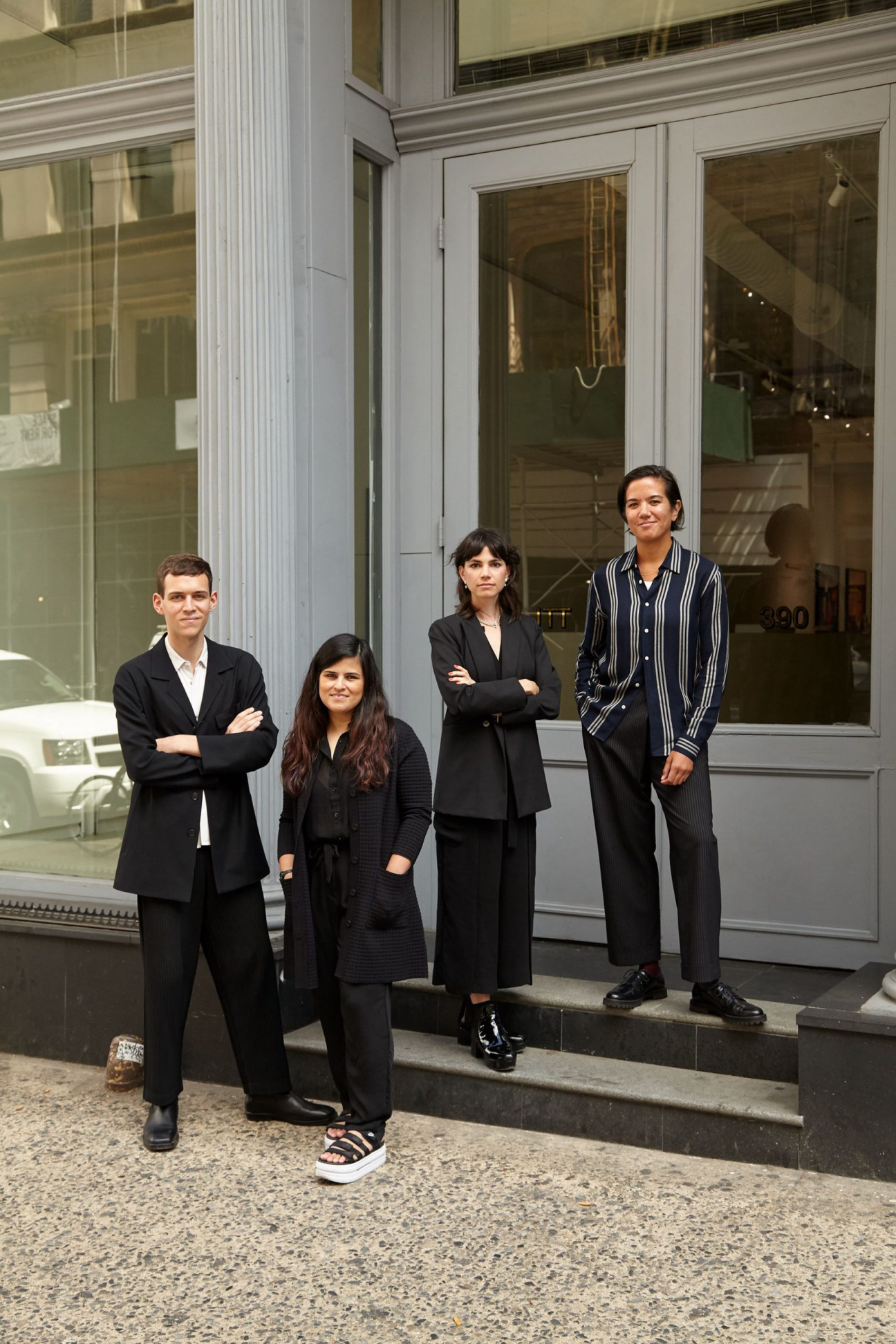
Jonathan Travis, collector and go-to real estate agent for the art world, has shepherded much of this ongoing transformation. “Years ago, I was having conversations with galleries who didn’t like how West Chelsea was changing, with developers moving into Hudson Yards and the Meatpacking District,” he explains. “Galleries wanted to move but didn’t know where.” With prerequisites for high ceilings, ground floor spaces, access to affluence, and subway accessibility, Tribeca emerged as a covetable and long-overlooked destination.
“It was a perfect fit,” Travis says. While the real estate price tag for Tribeca was not much different than Chelsea’s sky-high prices, the economics were nevertheless favorable. Beyond the changing feel of the neighborhood, galleries had also expressed concerns over Chelsea’s propensity for flooding, as seen with Superstorm Sandy in 2012. “Tribeca is far enough inland that it’s sheltered from some of the effects of climate change. [And] many Tribeca spaces have very viable lower-level spaces, which essentially doubles the space galleries can work with,” he concludes.
This metamorphosis is far from over, too. Travis notes that a “big name”—yet unannounced—is heading to the neighborhood in the coming year. Recently a spate of leading galleries—from Los Angeles and Tokyo’s Blum to New York stalwart Marian Goodman—have announced plans to take up residence in the area.
So who are Tribeca’s newcomers, and what’s on the horizon? Read below to find out.
Almine Rech
361 Broadway
International juggernaut Almine Rech continued its global expansion last fall, debuting a new 10,000 square-foot in Tribeca, renovated by architect Shigeru Ban. The gallery said that the downtown neighborhood had been on its radar for years, but the encouragement and feedback of its artists sealed the deal. The new location is Almine Rech’s second in Manhattan, after an Upper East Side space established in 2016. On Jan. 19, the space will open Paris-born artist Sasha Ferré’s second solo exhibition with the gallery, a polychrome meditation on the underworld.
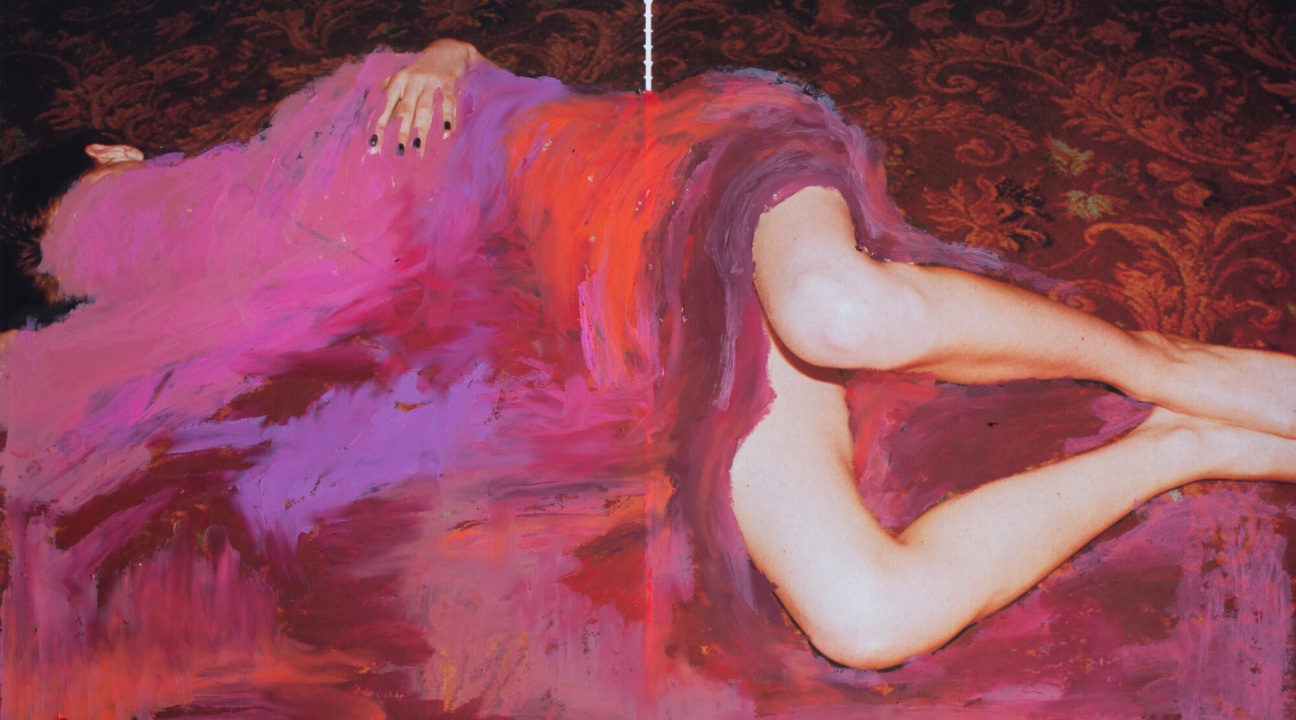
Anat Ebgi
January 2024
372 Broadway
Los Angeles gallery Anat Ebgi recently joined the Tribeca community, taking over a 5,000-square-foot landmark space on the neighborhood’s main thoroughfare. Jonathan Travis helped lead the real estate search in consultation with the gallery’s senior director, Stefano di Paola. The two-floor space soft-launched last fall during the Art Dealers Association of America’s annual fair and will be officially inaugurated with a group show, “The First Taste,” opening Jan. 19. “Having lived in New York before I opened a gallery in Los Angeles, I‘ve always been inspired by the distinct character of spaces you can find in Tribeca—particularly how the qualities of historic buildings feed into the collective energy of the city,” Ebgi says of her attraction to the neighborhood.
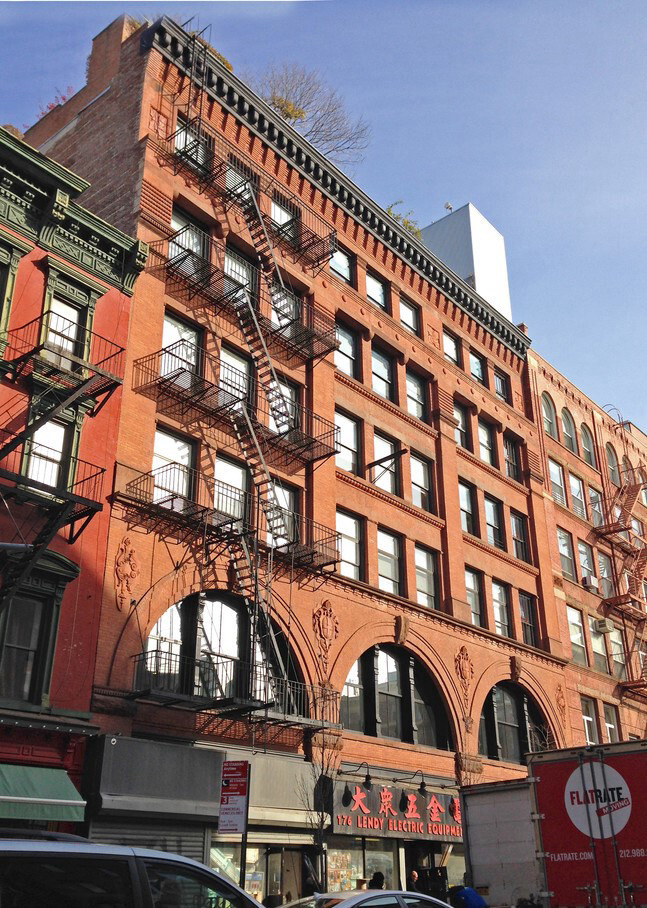
Blum
Fall 2024
9 White
Earlier this year, ripples radiated across the art world when veteran partners Jeff Poe and Tim Blum, who founded their eponymous gallery in 1994, parted ways. Tim Blum announced that he would carry on the gallery venture, now known simply as Blum. But the change was more than merely in name. The gallery, which also has Los Angeles and Tokyo outposts, decided to swap its 66th Street digs for a 6,200 square feet space in Tribeca (currently home to Ortuzar Projects). But Blum is bringing its rich history with it and plans to inaugurate the space with an exhibition of Japanese artwork from the 1960s to today, which parallels the gallery’s first-ever show some 30 years ago and will be co-curated by Blum and postwar Japanese art historian Mika Yoshitake.
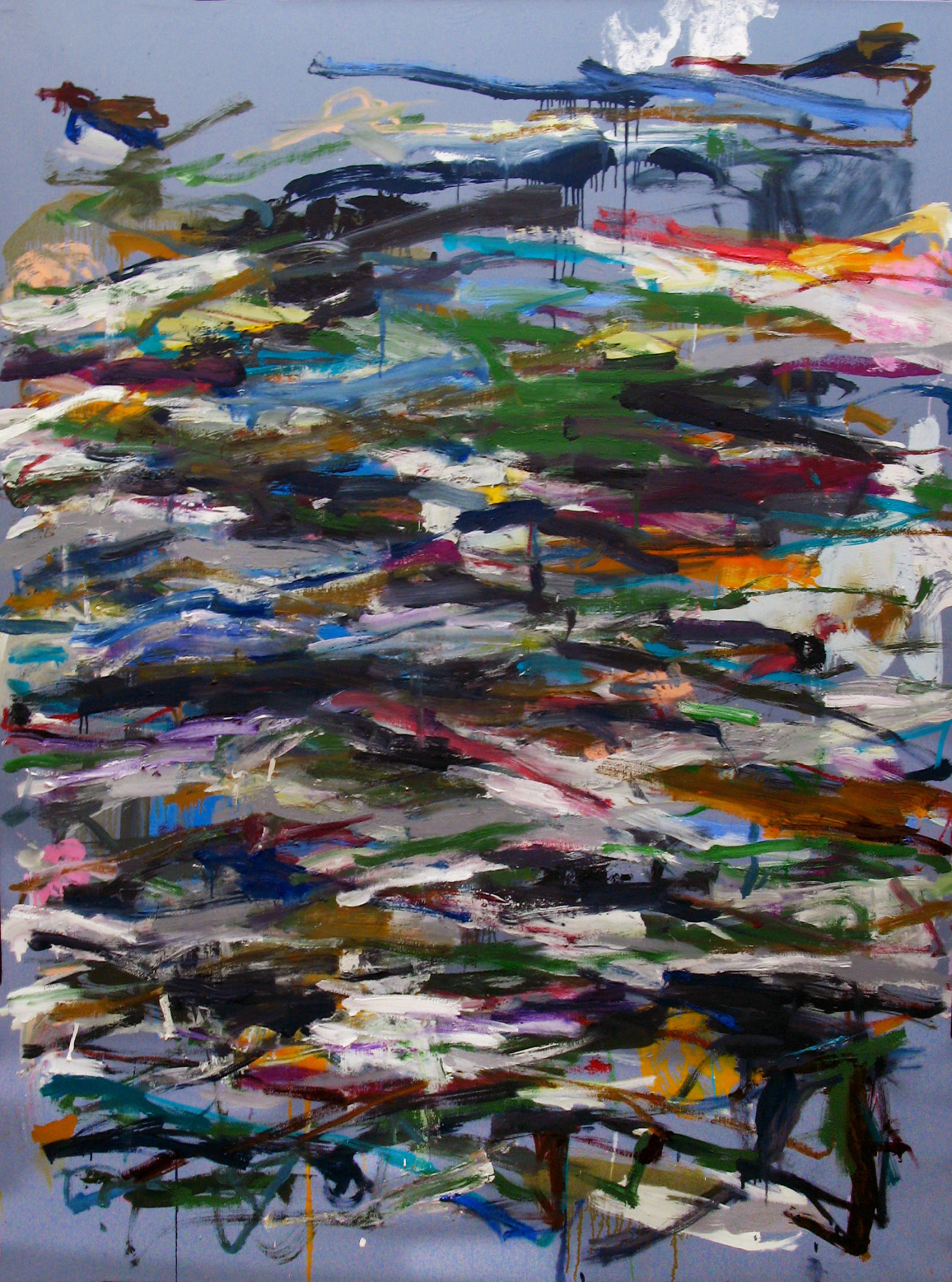
James Fuentes
Winter 2024
52 White
In another seismic shift, downtown stalwart James Fuentes will be trading neighborhoods, heading to Tribeca in the new year. Fuentes, which recently unveiled a Los Angeles space, opened in the burgeoning Lower East Side neighborhood in 2007. The gallery’s new space will open in February with a show of works by artist Kikuo Saito, curated by Christopher Y. Lew. Fuentes attributes the move to more than riding a trend: “What makes Tribeca exciting for us is the truly intergenerational range of galleries that comprise this new gallery district. What strengthens the neighborhood further is that it is embedded in a deeply historic narrative of artist exhibition spaces, studios, and homes going back 50 years.”
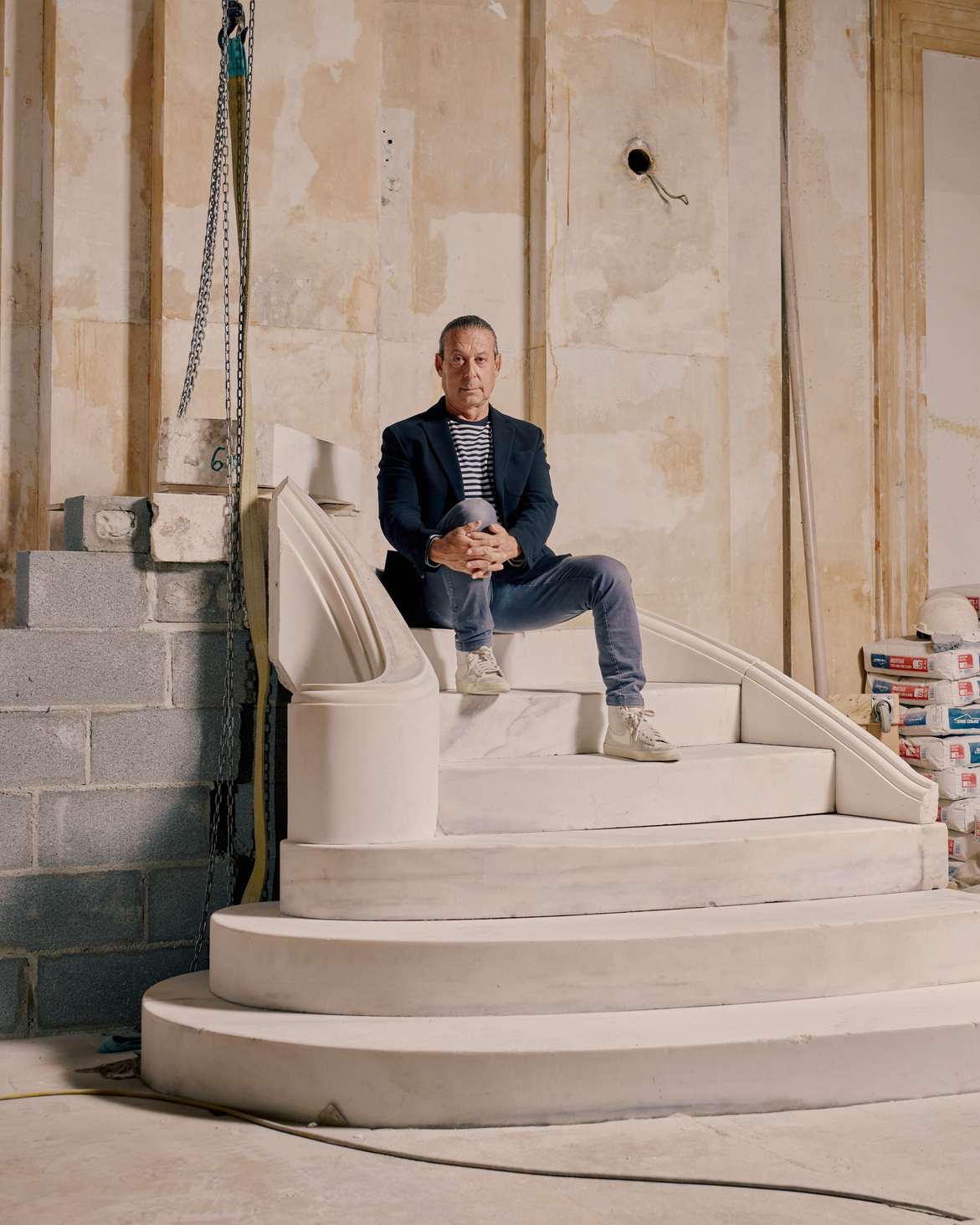
Jack Shainman Gallery
January 2024
46 Lafayette
Late in 2022, Jack Shainman Gallery announced that it would be taking up residence in The Clock Tower, a building dubbed after the massive timepiece that adorns its tower. The Beaux-Arts structure, which originally housed the New York Life Insurance Company and was completed in 1898, is officially a city landmark. The gallery plans to use its famed bank hall as exhibition space, and will inaugurate it Jan. 12 with an immersive video installation by Irish artist Richard Mosse. (The complete renovation is slated for this fall.) The gallery will maintain its existing space in Chelsea and “The School,” an exhibition space in a converted schoolhouse in Kinderhook, New York. “Expanding to Tribeca was, for us, more of a matter of opportunity than it was a strategic decision … We are so thrilled to be surrounded by so many familiar art faces in our new neighborhood,” Shainman said in a statement announcing the move.
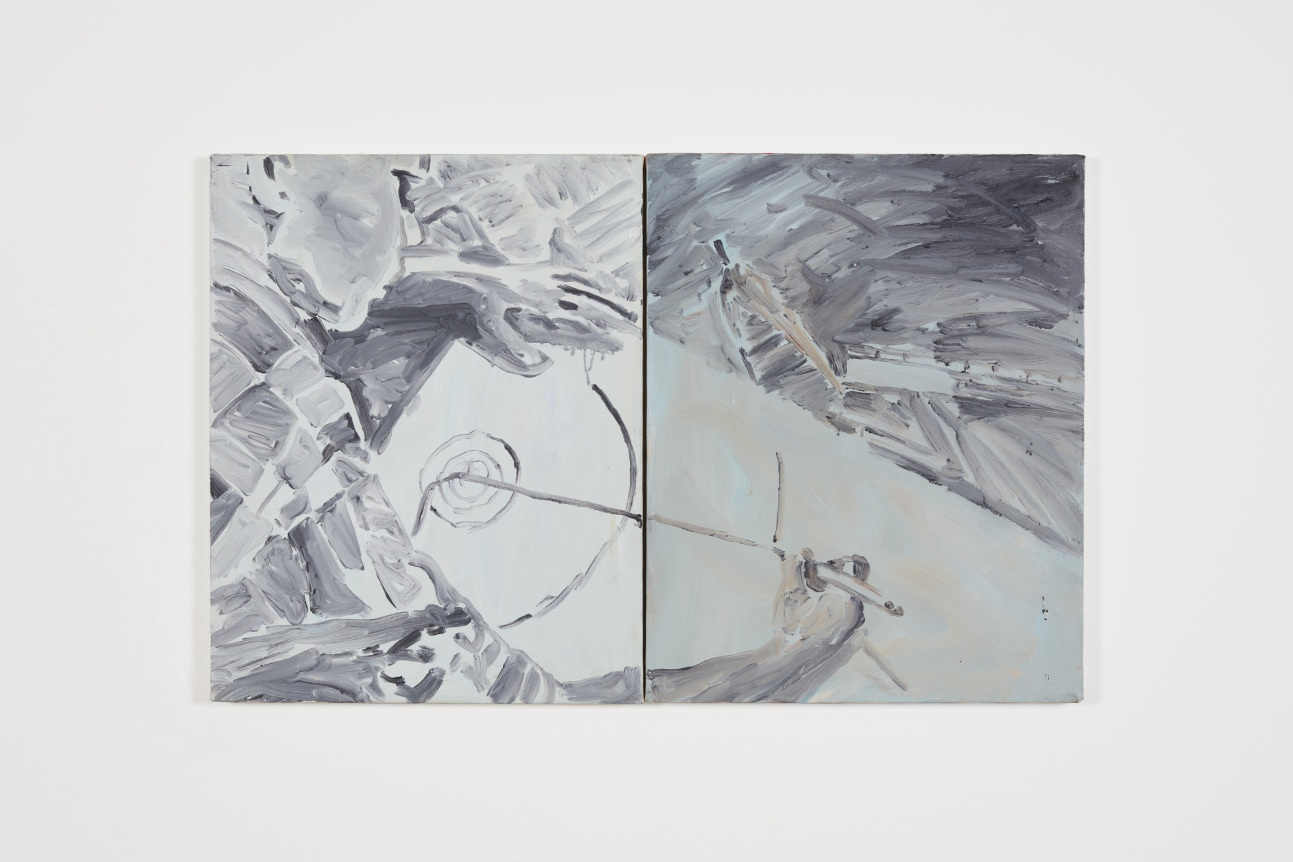
Ortuzar Projects
March 2024
9 White —> 5 White
Ortuzar Projects counts itself among the younger galleries making waves in Tribeca. Founded in the neighborhood by Ales Ortuzar in 2018, this March the gallery will move out of its original gallery space at 9 White—which will be taken over by Blum—and set up shop in a gargantuan venue that triples its footprint, just next door. Ortuzar Projects devotes itself to international artists whose influence in the development of 20th and 21st-century art has hitherto been overlooked. Starting off the year at the 9 White location is a show co-organized with Gordon Robichaux of work by the Detroit-born artist Brian Buczak, his first solo show since his death in 1987 of AIDS-related complications.
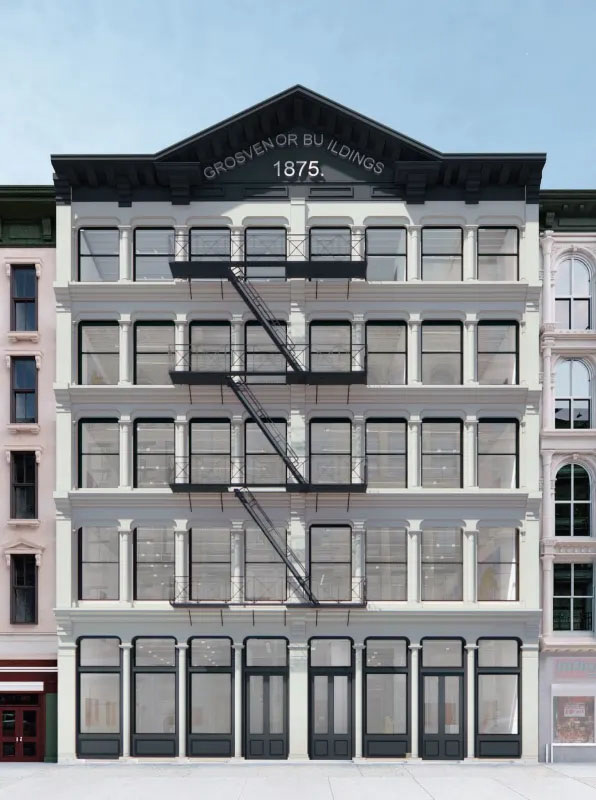
Marian Goodman
Mid-2024
385 Broadway
In a move set to reshape the DNA of the city’s art world, this year New York veteran Marian Goodman Gallery will take up residency in Tribeca’s Grosvenor Building, a historic warehouse built in 1875–76. The gallery is set to become one of the major players in the future of the neighborhood, with a 30,000 square foot complex including two floors of exhibition space, viewing rooms, a library and archive, art storage, and administrative offices all on-site across the building’s five floors. The space is undergoing renovation by the sought-after architectural firm studioMDA, and the gallery will continue to operate out of its 57th Street location through mid-2024.

Timothy Taylor
74 Leonard
Last year, Timothy Taylor heralded its commitment to the New York art scene, moving from a small Chelsea outpost into a sprawling new 6,000-square foot Tribeca space designed by studioMDA. Founded in London in 1996, the gallery opened a New York space in 2016. Their recent relocation to Tribeca was spearheaded by gallery partner Chloe Waddington, who joined in 2019. On Jan. 25, a show dedicated to a selection of late French-Hungarian artist Simon Hantaï’s paintings, many of which are making their U.S. debut, will open in the space.

Storage
52 Walker
While blue-chip galleries have certainly been flocking to Tribeca recently, experimental spaces, too, have been laying down roots. The most buzzed-about among this lot might be Storage, a space run by artist and dealer Onyedika Chuke, which has brought the work of artists such as Emory Douglas and Rick Lowe to new prominence. The artist-run space first opened in his Chinatown studio back in 2020 but moved to Walker Street in 2022. Born in Nigeria, Chuke grew up as a foster child in New York and has said he is drawn to works that speak to community-building and mutual aid because of those experiences. At last year’s NADA Miami, the gallery made a critical impression with a presentation of works by artists Adam Lupton, Elizabeth Flood, and Baxter Koziol. It’s currently running Chicago-based painter Michiko Itatani’s New York solo debut in the Tribeca space.










 in your life?
in your life?

